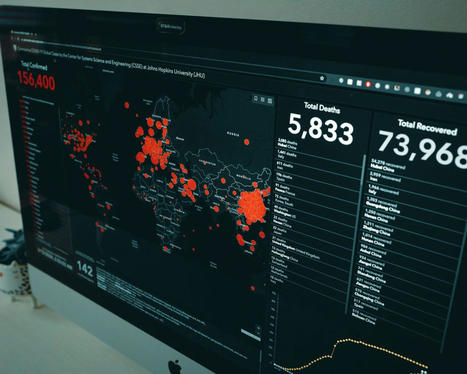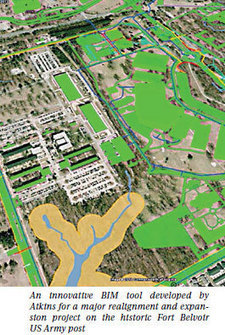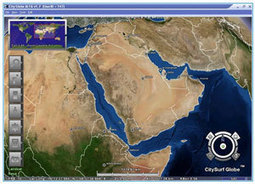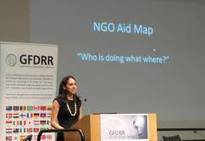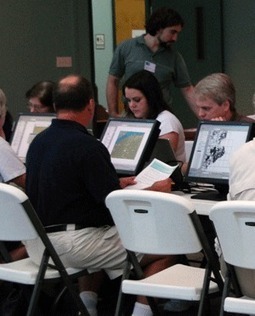In this article, we will learn how to create a similar yet more customized plot using my favorite geovisualization package, Folium.I will also show you how to use the “Marker Cluster” feature of…...
Get Started for FREE
Sign up with Facebook Sign up with X
I don't have a Facebook or a X account
 Your new post is loading... Your new post is loading...
 Your new post is loading... Your new post is loading...

Jed Fisher's curator insight,
September 3, 2013 3:16 AM
#BIM and #GIS convergence continues to gain ground. Software BIM/GIS Companies like bim+ (bimplus.net), Onuma, ESRI, Revizto, Trimble, Autodesk, Bentley, and others seem to be seeing this and are working on some innovative solutions. (For example, take a look at an earlier Onuma Ted talk http://sco.lt/4yGuSf ;). It makes a lot of sense, afterall, we now have an intelligent building BIM model that is connected to a ton of Information. Once the building is built it needs to run, that means monitoring energy, water/grid usage, even see the parking and population effect. Plus of course surveying and visualization needs (e.g. things get really exciting when you can look at a building with VR/AR x-ray vision on an see the infromation you need). Smart Buildings make Smart Cities. |

Knapco's curator insight,
December 28, 2012 11:31 PM
RS and GIS technologies were used in processing of professional meteorological data like MODIS remote sensing images, the doppler radar echoes and the Meteoroloical Information Collecting, Analyzing and Processing System (MICAPS). The system is based on WebGIS and is convenient for the use of the agro-meteorological professionals, who use biological data and monitor weather diseaster events like spring frost, heal and drought. For some model crops some object-oriented user interfaces were developed with functions of the database management, data querying, map displaying, graphics rendering, spatial analysis, the professional data processing, information extraction, figure and table output. Read more.... |



